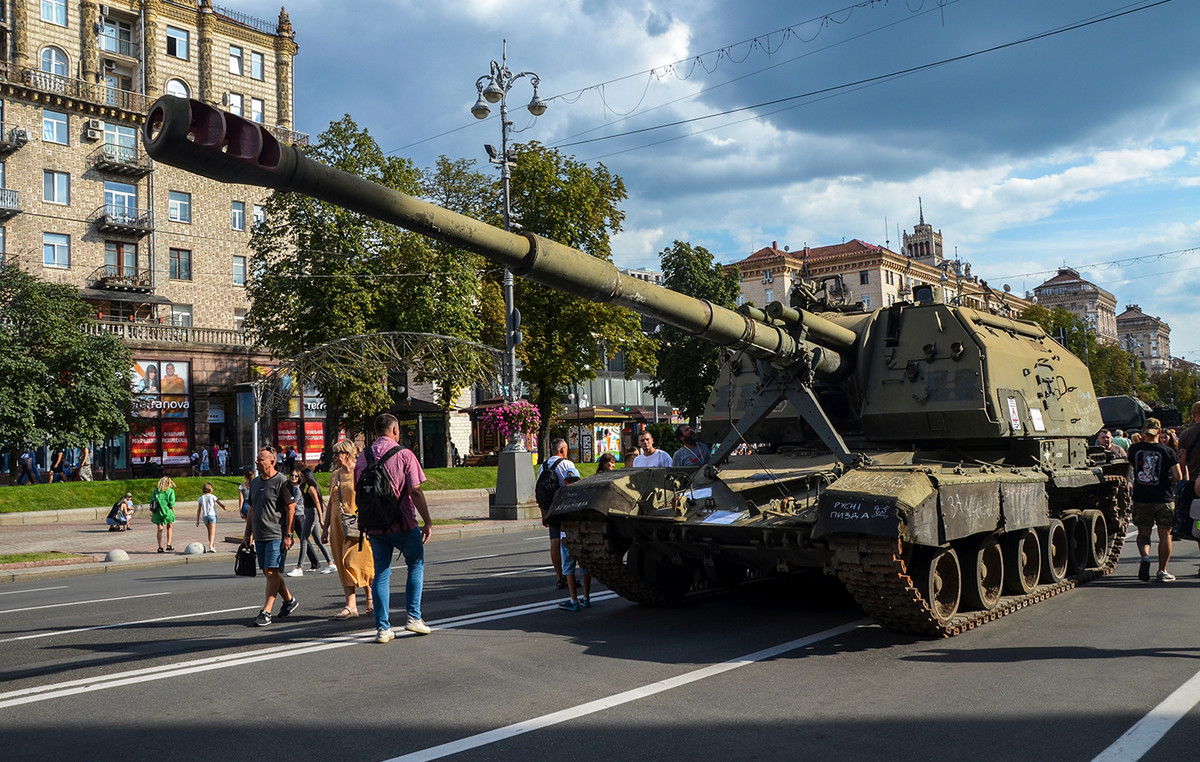Rio Grande do Sul and Santa Catarina may record cases of atmospheric microexplosion in the coming days , according to the National Institute of Meteorology (Inmet). The phenomenon occurs when a violent downdraft separates from a storm cloud and moves forcefully towards the ground.
In a microburst (also known by its English name, downburst), a discharge of cold, dense air hits the ground and spreads, causing extremely strong winds that can reach very high speeds.
The phenomenon is the opposite of a tornado, when the winds towards the ground converge, forming a whirlpool. But the destructive power is similar. A microexplosion was recorded last Saturday in Santa Cruz do Sul (RS).
Rio Grande do Sul is suffering the effects of strong storms that have already left at least 29 dead and 60 missing. The microexplosion can occur concomitantly with heavy rains in other regions, which has caused flooding and mobilized rescue services.
The microexplosion phenomenon can occur all year round, but is more common in summer, when the days are hotter and humidity is high, which favors the formation of storm clouds.
These clouds can be up to 20 kilometers high and are capable of generating destructive winds, according to the US National Weather Service.
“A downburst is a strong, relatively small area of descending air under a thunderstorm that can result in a discharge of strong wind over the ground. It can also arise under the effect of very rapid cooling of the air with the evaporation of rain in an originally dry atmosphere. The colder, denser air quickly sinks to the ground”, describes the American service.
In an atmospheric microexplosion, wind speeds can be very high, above 200 kilometers per hour, knocking down trees and causing structural damage to buildings. It is a great risk for planes taking off and landing. The phenomenon causes loud bangs, which people often compare to the sound of a freight train.
According to the US National Oceanic and Atmospheric Administration, in a microburst the winds extend horizontally over an area of less than four kilometers. Macroexplosions occur when winds spread over an area larger than four kilometers.
Information from Estadão Content
Source: CNN Brasil
I’m James Harper, a highly experienced and accomplished news writer for World Stock Market. I have been writing in the Politics section of the website for over five years, providing readers with up-to-date and insightful information about current events in politics. My work is widely read and respected by many industry professionals as well as laymen.







